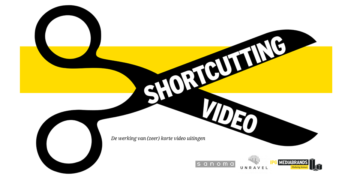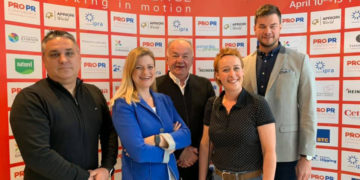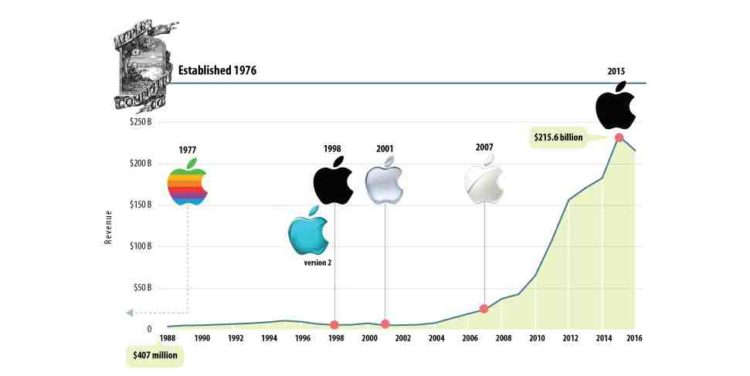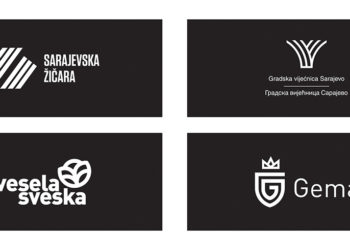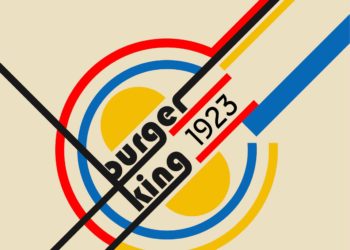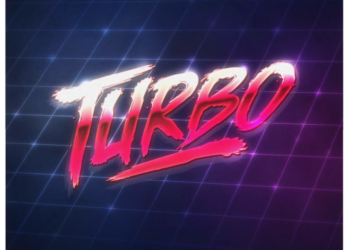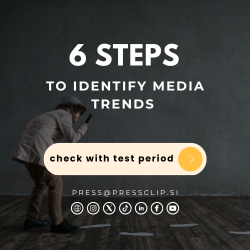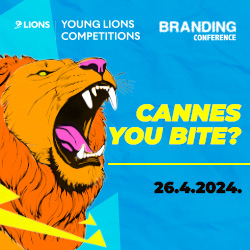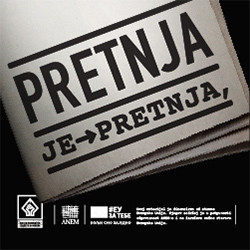Drugi jezik na kojem je dostupan ovaj članak: Bosnian
One of the best ways to attract and engage customers is with a solid, understandable logo, says a research conducted by C+R marketing research agency. But how do you decide if you should change the logo? For some, it helped grow business, for others, such as Levi’s and Coca-Cola, it is something holy, and they know they shouldn’t mess with perfection.
If a company expects to have staying power, they must learn to adapt to public expectations. As tastes change, so must a company’s branding, to avoid negative perceptions. Most brands will go through a few iterations before settling on the logo we know and recognize, including big brands such as Google, Nike, and Starbucks. Amazon tinkered with several iterations before 2000, when the online shopping behemoth really took off. Shell Gas, on the other hand, has spent the past 117 years refining and tweaking the same shell graphic, making mild adjustments to avoid looking outdated but keeping the general theme and coloring. Legacy companies like Shell, Coca-Cola, and Levi Strauss know that if consumers are attached to a logo, a redesign could backfire and hurt sales.
Logos are the shorthand version of a company’s message to customers—a simple way to share the company’s values and make an impression. The big question is, how do you know when you’ve got it right… and when it’s time for an update? To explore this, C+R decided to track how logo evolution relates to revenue for some of the most iconic brands in the world.

A new logo has the potential to breathe new life into a faltering brand, or miss the mark completely and risk losing customer trust in the process. Companies who take the time to thoughtfully consider and design a logo could lead to a billion-dollar pay off, C+R say in their research.



